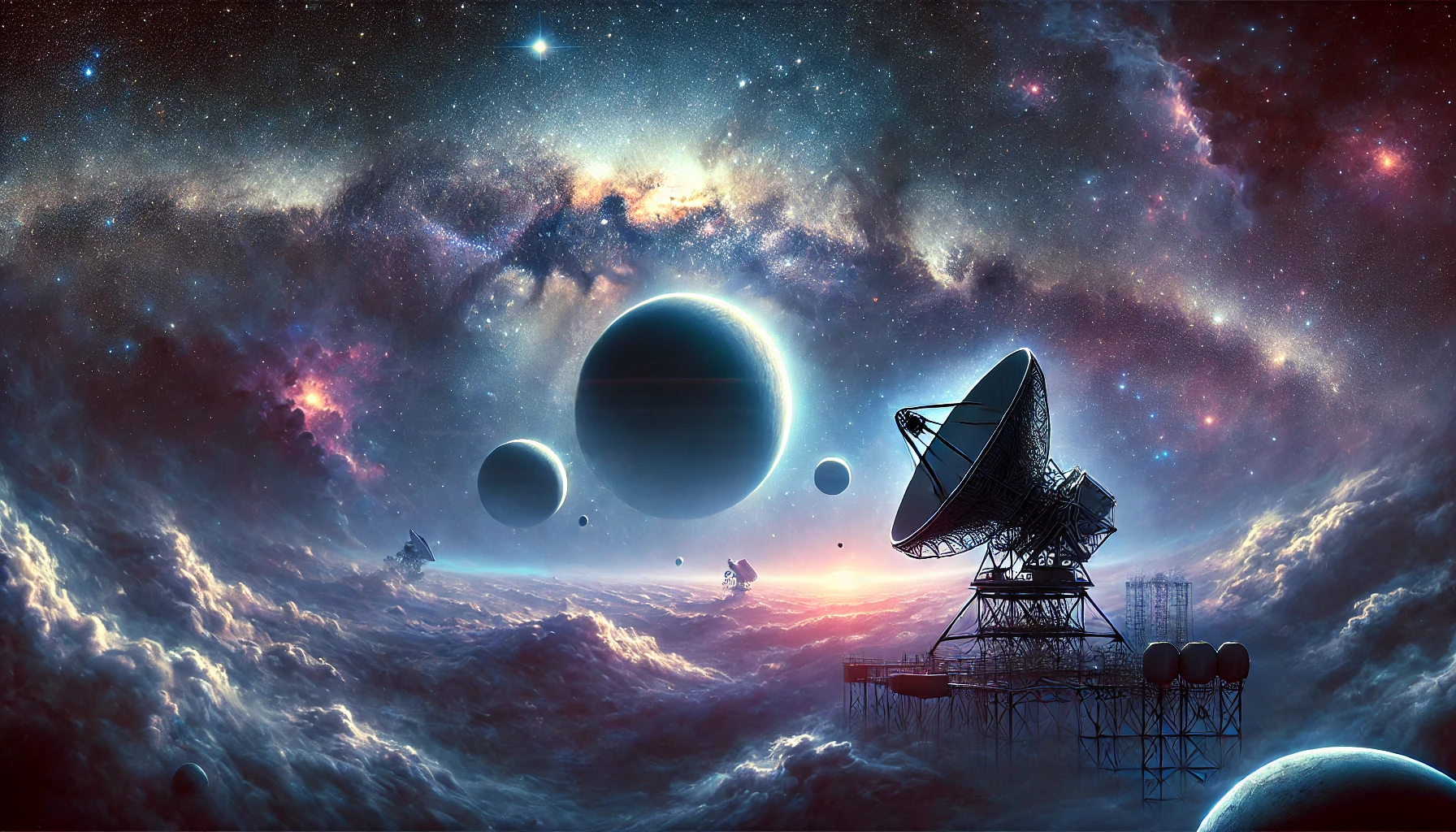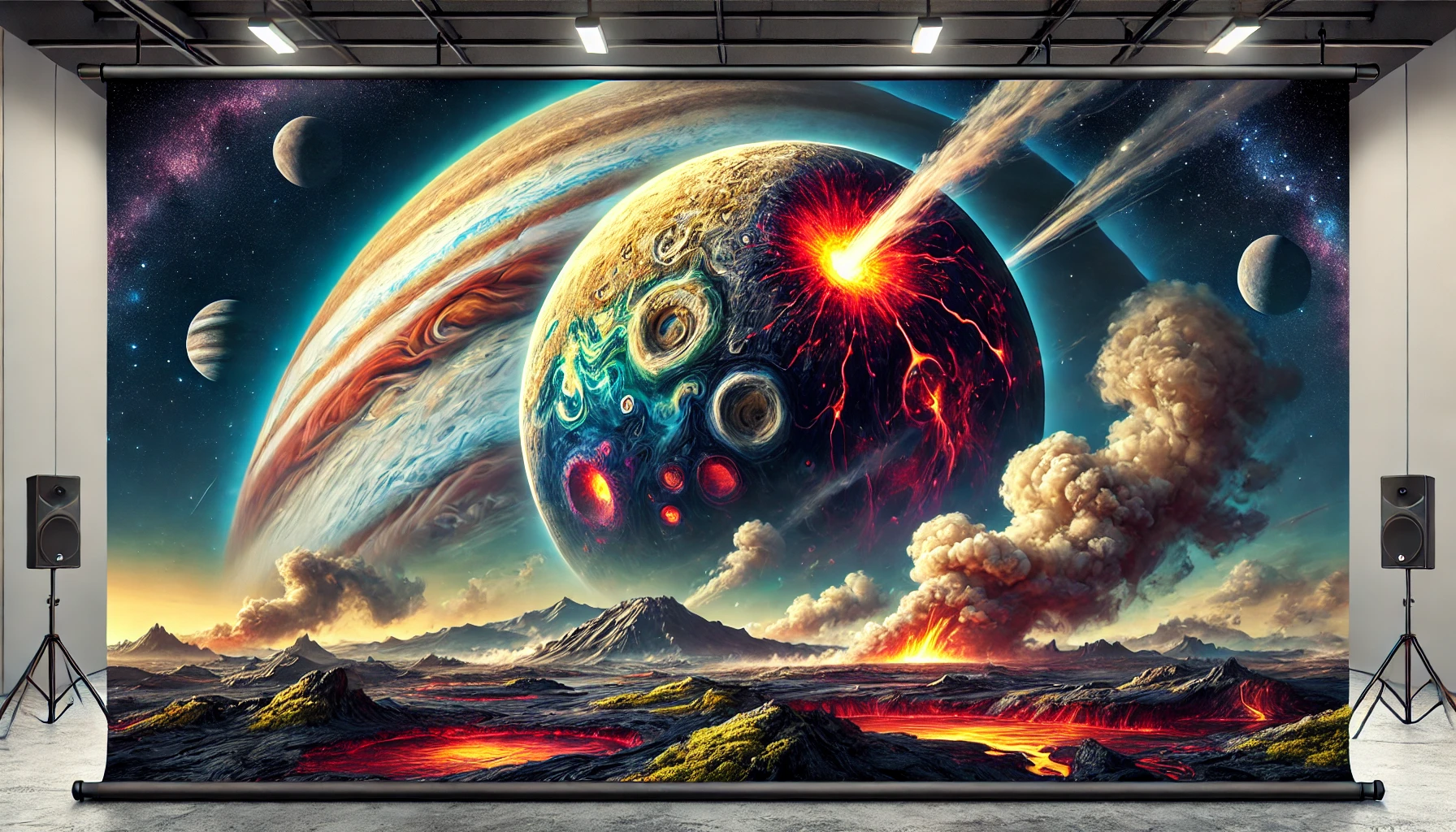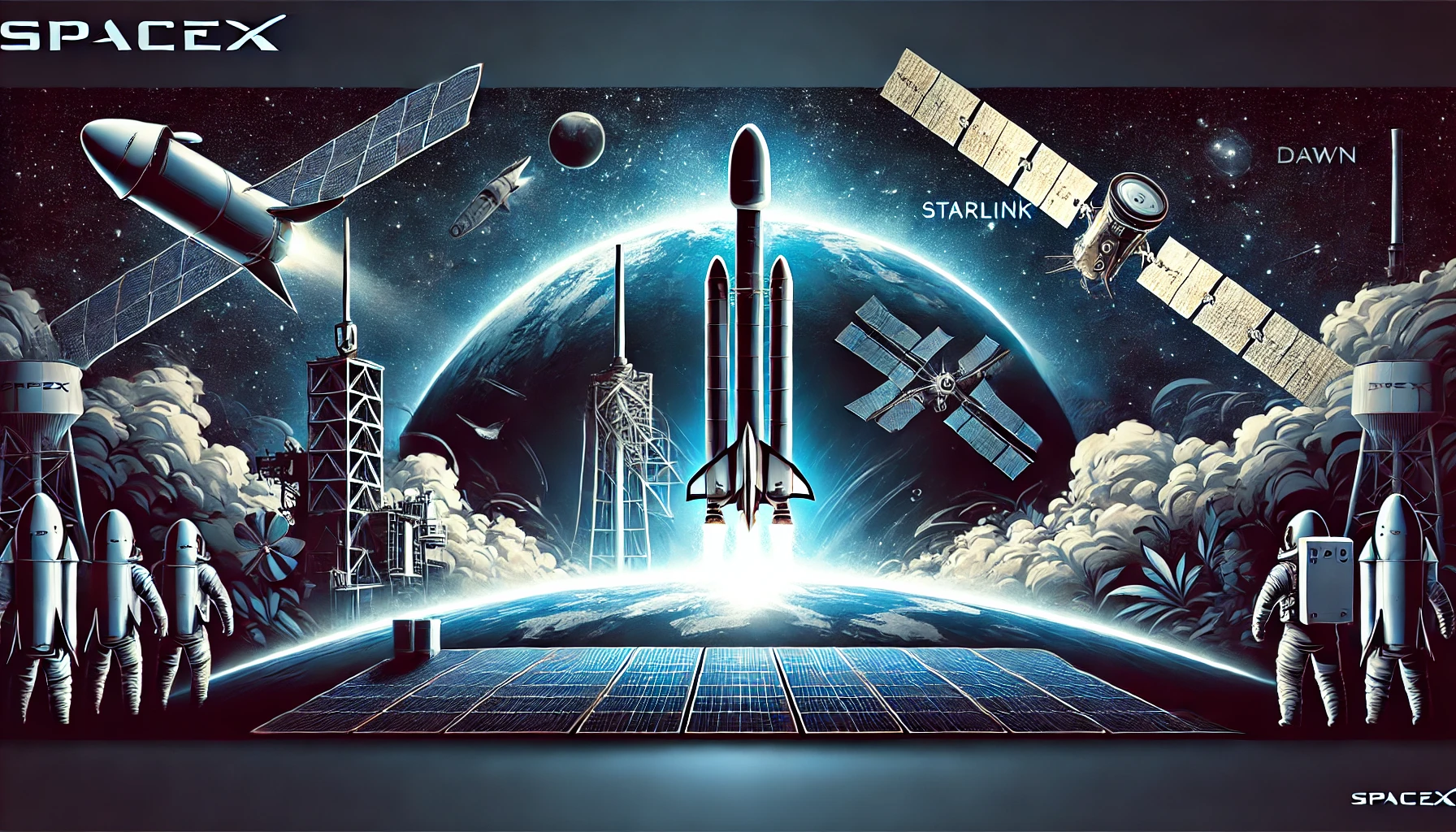Exploring the Cosmic Orphans: How the James Webb Space Telescope is Unveiling the Mysteries of Rogue Planets
The universe is vast, filled with countless stars, planets, and celestial bodies that captivate our imagination. But not all planets orbit stars like our Earth or the other planets in our solar system. Some planets, known as rogue planets or free-floating planets, wander through space without a parent star to tether them. Recently, the James Webb Space Telescope (JWST) has made a groundbreaking discovery: six enormous rogue planets tumbling through space, challenging our understanding of planetary formation and the nature of these starless worlds.
In this blog, we will delve into the incredible capabilities of the JWST, explore what these starless planets reveal about planet formation, and discuss the implications of these findings for our broader understanding of the cosmos.
The James Webb Space Telescope: A New Era of Discovery
The James Webb Space Telescope is a marvel of modern science, designed to be the most powerful space observatory ever built. Launched in December 2021, JWST is equipped with a suite of advanced instruments that allow it to peer deeper into the universe than ever before. Its infrared capabilities enable it to detect faint celestial objects, including brown dwarfs, distant galaxies, and now, rogue planets.
JWST’s primary mission is to explore the formation of stars and planets, to understand the origins of life, and to observe the earliest galaxies that formed after the Big Bang. The discovery of these rogue planets aligns perfectly with its mission, offering new insights into the processes that govern the birth and evolution of celestial bodies.
Unveiling Rogue Planets: What Are They?
Rogue planets, also known as free-floating planets, are celestial bodies that drift through space without orbiting a star. Unlike the planets in our solar system, which formed from the accretion of material within a protoplanetary disk surrounding a young star, rogue planets may have formed in isolation or have been ejected from their original planetary systems due to gravitational interactions.
The six rogue planets discovered by JWST are unique in that they are massive—between five to ten times the mass of Jupiter. These findings suggest that rogue planets can form through processes similar to those that create stars and brown dwarfs. The presence of these enormous gas giant planets raises intriguing questions about the diversity of planetary formation mechanisms.
The Significance of Starless Planets in Planet Formation
The discovery of these starless planets offers valuable clues about planet formation. Traditionally, planets are thought to form from the gradual accumulation of material in a protoplanetary disk surrounding a young star. However, the existence of rogue planets that never orbited a star suggests that there may be alternative pathways for planet formation.
One possibility is that rogue planets form through the direct collapse of gas and dust clouds, similar to the process that creates stars. This top-down formation method could explain the large mass of these rogue planets. Another possibility is that these planets formed in a traditional planetary system but were ejected due to gravitational interactions with other planets or stars.
The discovery of rogue planets challenges our understanding of what constitutes a planet. Traditionally, planets are defined by their orbit around a star, but these findings suggest that the definition may need to be expanded to include free-floating celestial bodies.
Brown Dwarfs and the Blurred Line Between Stars and Planets
The discovery of rogue planets also blurs the line between planets and brown dwarfs. Brown dwarfs are celestial objects that are more massive than planets but not massive enough to sustain nuclear fusion in their cores, which is the process that powers stars. They occupy a gray area between planets and stars, and the new findings suggest that rogue planets may also exist within this spectrum.
One of the rogue planets discovered by JWST was found to have a protoplanetary disk around it, a feature typically associated with young stars and brown dwarfs. This finding suggests that rogue planets may be capable of forming their own miniature planetary systems, similar to the moons that orbit Jupiter and Saturn in our solar system.
The presence of a protoplanetary disk around a rogue planet further complicates the distinction between planets and stars. If rogue planets can host their own systems of moons or even smaller planets, they may represent a new category of celestial objects that challenge our traditional definitions.
NGC 1333: A Nursery for Rogue Planets
The six rogue planets discovered by JWST were found in the star cluster NGC 1333, located approximately 960 light-years away from Earth. NGC 1333 is a region of active star formation, filled with gas, dust, and young stars. The discovery of rogue planets in this cluster suggests that these free-floating planets may be more common than previously thought, particularly in regions where stars are still forming.
NGC 1333 provides a unique laboratory for studying the early stages of star formation and planet formation. The presence of rogue planets in this region suggests that the processes that lead to the formation of stars and planets are more diverse than previously believed. By studying these rogue planets and their environment, scientists can gain new insights into the conditions that lead to the formation of celestial bodies.
The JWST’s ability to detect faint objects in distant star clusters like NGC 1333 is a testament to its advanced capabilities. As the telescope continues its mission, it is likely that more rogue planets will be discovered, providing further opportunities to study these mysterious objects.
Internal Link: To explore more about the fascinating discoveries of the universe, visit Regent Studies.
Implications for Our Understanding of the Universe
The discovery of rogue planets has significant implications for our understanding of the universe. These free-floating planets challenge our traditional models of planet formation and suggest that the universe is filled with a diverse array of celestial bodies, many of which do not fit neatly into our existing categories.
The study of rogue planets also has implications for the search for extraterrestrial life. If rogue planets can host protoplanetary disks and form their own systems of moons, it is possible that some of these moons could have conditions suitable for life. The discovery of rogue planets, therefore, expands the range of environments where life might exist in the universe.
The JWST’s findings also highlight the importance of studying brown dwarfs and other objects that exist on the boundary between stars and planets. By understanding the full range of celestial bodies in the universe, we can develop a more comprehensive picture of the processes that govern the formation and evolution of stars and planets.
External Link: For more information on the James Webb Space Telescope and its discoveries, check out this article on Space.com.
Conclusion: The Future of Rogue Planet Research
The discovery of six rogue planets by the James Webb Space Telescope is just the beginning of what promises to be a new era of discovery in astronomy. These starless planets offer a unique opportunity to study planet formation and the processes that govern the evolution of celestial bodies.
As the JWST continues its mission, we can expect to learn more about these mysterious free-floating planets and the environments in which they form. Whether they are remnants of disrupted planetary systems or products of direct formation from gas and dust, rogue planets represent a fascinating and little-understood aspect of the universe.
The findings from JWST also challenge our definitions of planets and stars, suggesting that the universe is far more complex and diverse than we ever imagined. As we continue to explore the cosmos, the discovery of rogue planets will undoubtedly play a key role in shaping our understanding of the universe and our place within it.




